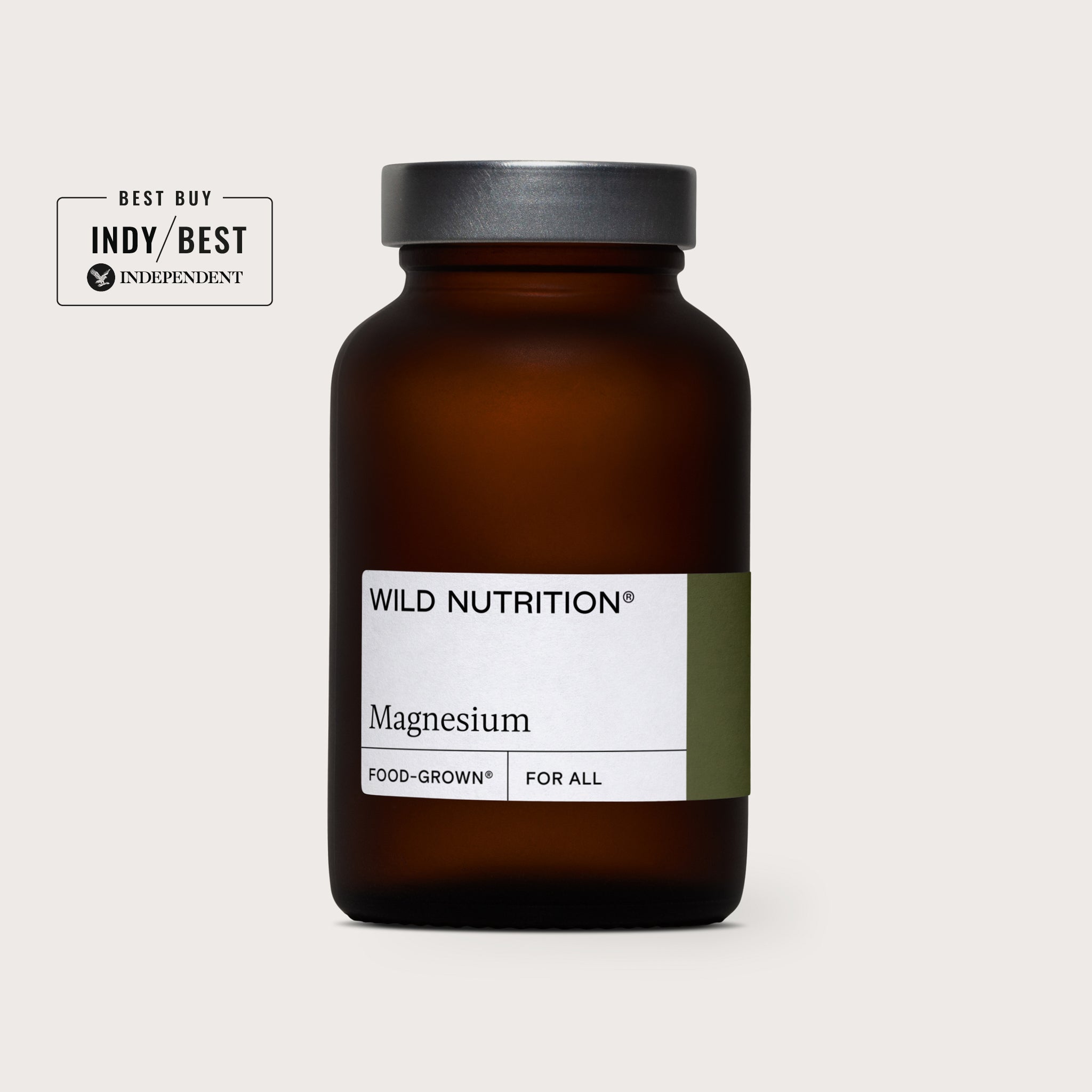
10 ways to combat a cold
There's an old saying ‘feed a cold and starve a fever’ but we believe that the 'right food' is often the best medicine. Especially when it comes to optimising our defences and speeding up the recovery of those winter sniffles.
Our Nutritional Therapists have put together 10 nutritional hacks to optimise recovery when it comes to combatting a cold.
1. Curb the sugar
When you are feeling a bit ill and sorry for yourself, it’s tempting to reach for the sweets, chocolate and ice cream, to lift our moods. But these kinds of foods contain lots of sugar. Research has shown that sugar suppresses the immune system, preventing it from working properly and this may slow down getting better. If you are looking for a sweet but healthier treat, you might want to try Henrietta's delicious fruit compote.
2. Elderberries
Elderberries have been proven to aid in alleviating mucus in the respiratory tract, making them a great natural remedy for symptoms of a cold, such as coughs and blocked sinuses.
3. Turmeric
Turmeric has fast become one of the most researched spices for its immune supporting compounds. For example, it has been shown to slow down the replication of viruses – reducing the way a virus takes control. One of the best ways of getting into your diet is via a warming traditional Indian curry – especially good if you are feeling shivery.
4. Hot lemon and honey
Something from everyone’s childhood and so naturally soothing for the throat. Look for raw honey which means all the beneficial enzymes in the honey are still intact. Put 1 tablespoon in a mug of hot water with the juice of 1-2 organic lemons. Lemons are naturally antibacterial. This is much better than using a conventional sugar and alcohol-based pharmacy syrup or drink sachet.
5. Medicinal mushrooms
‘Medicinal mushrooms’, such as maitake and oyster mushroom are rich in active compounds called ‘polysaccharides’, the most well-researched of which are beta glucan 1-3 and beta glucan 1-6. These immune supporting molecules have been shown to support the immune system's response to viral and bacterial infection. This is just what you need when experiencing a cold – or indeed to use during the entire winter season.
6. Garlic
Raw garlic has been used as a natural remedy for colds and flu for centuries. In fact, Garlic was prescribed to patients with cold and flu-like symptoms during Ancient Greek times.
This is largely down to its anti-microbial effects on the body due to its rich sulphur content. It also contains a compound called allicin, which has proven immune boosting properties.
7. Meals with protein
When your immune system is working hard to fight a cold, it can leave you feeling tired. It's tempting to reach for some plain toast and butter. But food like this doesn’t provide you with protein that the body needs to break down into smaller protein building blocks called ‘amino acids’. Amino acids form part of the production of T-Cells (a type of white blood immune cell). Protein foods include meat, fish, eggs, beans, lentils, nuts and seeds. Try adding some nut butter to your toast, some sliced turkey or smoked salmon.
8. Energy
Often one of the worst things about fighting a cold is the lethargy (tiredness) that comes with it. It's quite normal to feel tired, but working to keep your energy up is like making sure the soldiers in your immune system are properly prepared for battle! Many of us are low in the important energy-producing mineral magnesium so eat plenty of nuts, seeds, dark green vegetables, beans, lentils, meat and fish. Topping up with a supplement for extra recovery may also be beneficial. Magnesium is great for optimising energy, adapting to stress and also for supporting better quality sleep.
9. Warming green smoothie
If you don’t feel like preparing a whole meal, why not try our nutrition-packed green smoothie? This recipe has greens, good essential fats and protein to help you feel ‘good’ rather than grotty! You can make this green smoothie warmer by adding 1 thumb sized piece of ginger and a pinch of cayenne (chilli pepper). These extra spices have their own antibacterial and antiviral properties.
10. Eating colourful fruit and vegetables
The colour you see in vegetables and fruit is because of special pigments. These pigments work to support the immune system and provide antioxidant protection when we need it. Here are just some examples:
- Cranberries, blueberries, pumpkin, warmed tomatoes, blackberries, beetroot, red cabbage, red grapes, elderberries, carrots and apricots.
- Our Beetroot Orange Ginger Soup contains two antioxidant-rich vegetables. These vegetables are great sources of vitamin C, which we need to strengthen the immune system and especially help with a cold virus.
- You can also top up your Vitamin C through good quality supplements.












